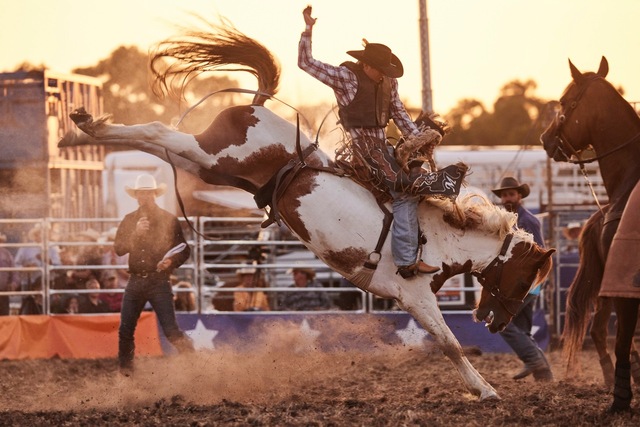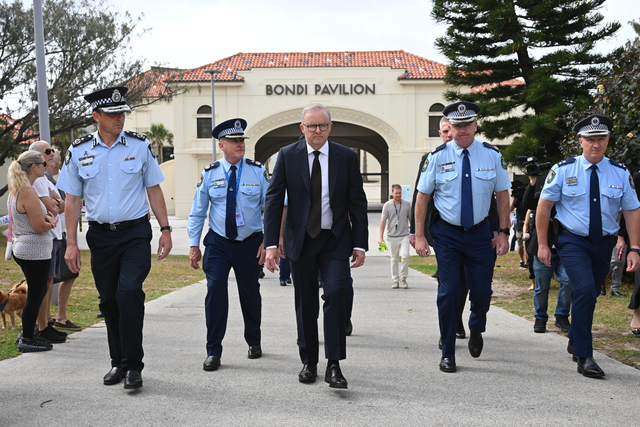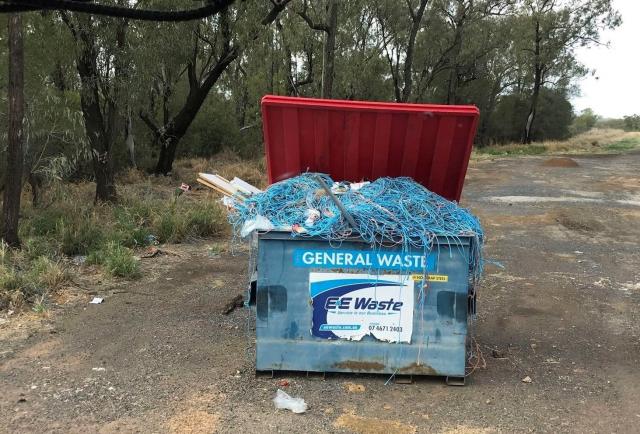With parts of Victoria already having experienced days of higher fire risk, now is the time to start preparing your property, CFA Chief Officer Jason Heffernan has warned.
While the most recent seasonal outlook for spring, released in late August by the Australasian Fire and Emergency Service Authorities Council (AFAC), shows parts of Victoria are forecast to have a wet spring, warm and windy days will bring an increased fire risk.
The outlook has predicted strong grass growth and the potential of increased grassfire conditions once the vegetation dries out – especially in the Wimmera and the Mallee fire districts which are likely to have an above normal fire potential during spring.
Fortunately, strong winter rainfall means the fire season activity is expected to be below normal across the eastern, north-east, central ranges and Otway Ranges, with a reduced risk of campaign bushfires in forested areas of the state.
However, Chief Officer Heffernan warned property owners in some forested areas still had a lot of debris to clear following winter storms.
“Whether you live in the North West, where we can soon expect to start seeing fast-moving grassfires, or in the damper forested areas of East Gippsland, now is the time to start preparing yourself and your property for the fire season,” he said.
“Victoria is one of the world’s most bushfire-prone areas, and even a normal fire season presents a high risk to communities.”
Chief Officer Heffernan said Victorians who planned to ‘leave early’ – that is the night before or morning of a high-fire risk day – should also prepare their property.
“Preparing your property means you minimise the chance of property damage during a fire, even if you plan to leave early. Houses have been lost from things as simple as embers landing on a doormat left out,” he said.
“A big clean-up before the fire season can make a huge difference to the safety and survival of your home in a bushfire.
“If burning off as part of preparing your property, make sure you check for local restrictions, monitor weather conditions – particularly wind – and always register your burn-offs.”
Once a Fire Danger Period has been declared in your local government area, you need to apply for a permit at firepermits.vic.gov.au. Visit cfa.vic.gov.au for more information about bushfire planning and preparation, and about leaving early.
Visit coronavirus.vic.gov.au for up-to-date advice about a travel permit scheme for Victorians in Restricted Areas who need to leave their principal residence for bushfire property preparations at secondary properties in other areas.
Tips for preparing your property:
Prune tree branches so they are not overhanging the roof or touching walls.
Replace mulch near the house with less flammable alternatives like pebbles.
Keep grass shorter than 10cm. Regularly remove leaves and twigs from around the house.
Don’t have large shrubs in front of windows or glass doors.
Before leaving early, make sure you remove all flammable items from around your home – including the doormat!
Check that your home and contents insurance is current and includes a level of cover in line with current building standards and regulations.
Keeping burn-offs safe and legal:
Check fire restrictions with your local council.
Register your burn at firepermits.vic.gov.au or by calling 1800 668 511.
Check and monitor weather conditions – particularly wind – on the day of your burn and the few days after it as fires can flare up several days after a burn-off in windy conditions.
To avoid unnecessary calls to emergency services, notify your neighbours beforehand.
Leave a three-metre fire break, free from flammable materials around the burn.
Have sufficient equipment and water to stop the fire spreading and to extinguish it.
Never leave a burn-off unattended – stay for its entire duration.
If your burn-off gets out of control, call ‘000’ immediately.







